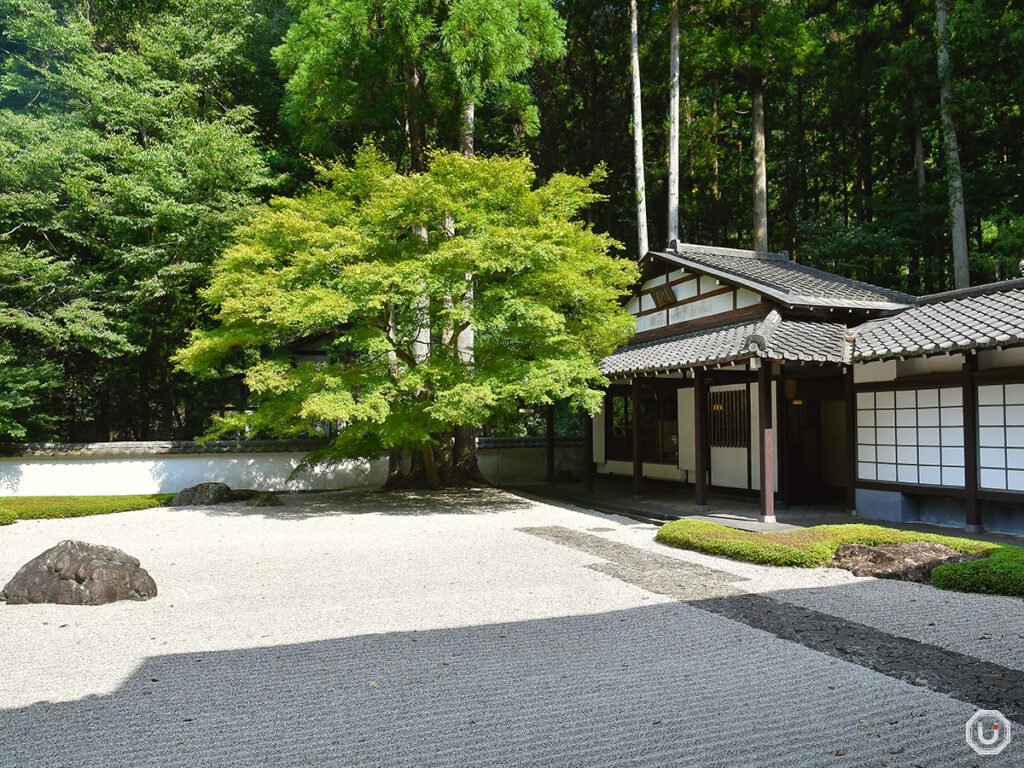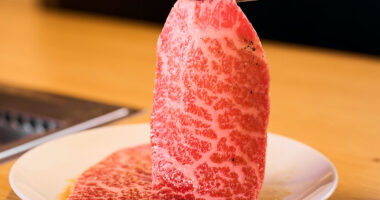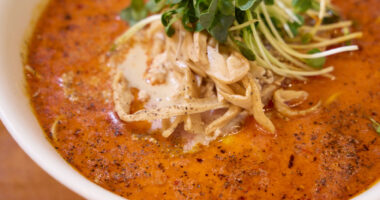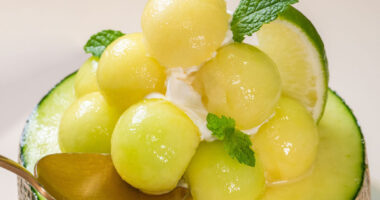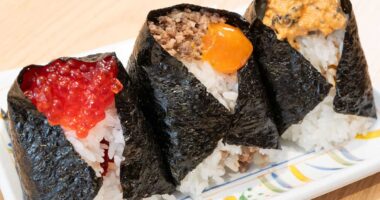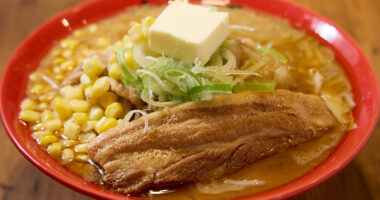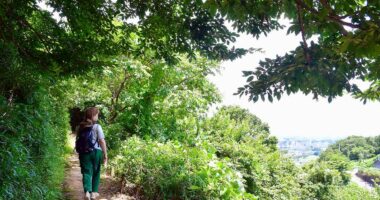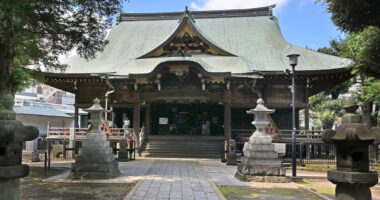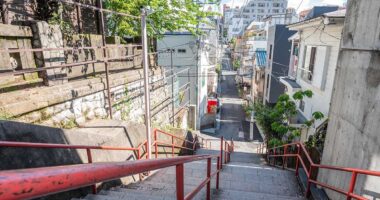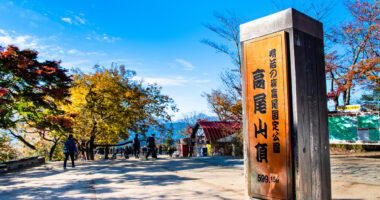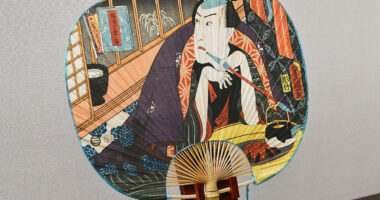Kawai Gyokudō (1873–1957) was a painter who observed nature and human activity and elevated those scenes into the world of nihonga—traditional Japanese painting.
His works, full of poetic sensibility, continue to captivate the hearts of art-lovers to this day.
In his later years, Kawai Gyokudō devoted himself to the serene landscapes of Mitake in Ōme, Tokyo, where a museum now bears his name. Here, visitors can immerse themselves in his artistic world while being surrounded by the beauty of each season.
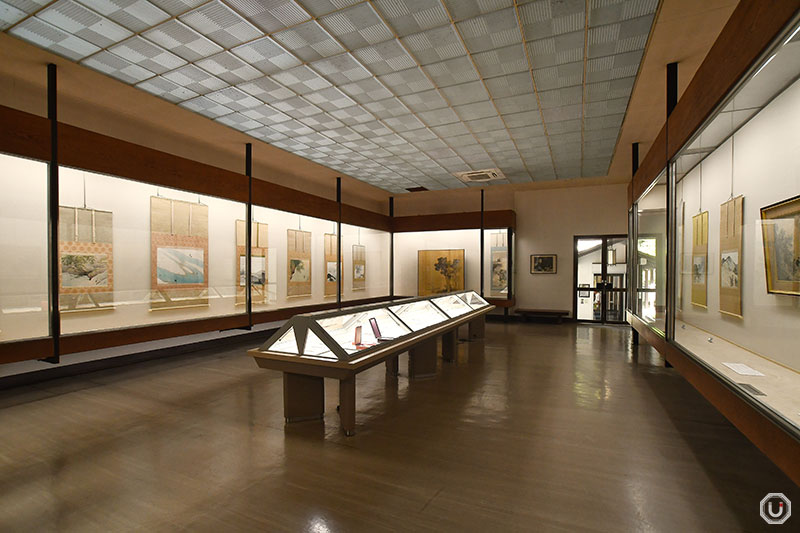
Interior of the Gyokudo Art Museum
Meeting Mitake and the Gyokudo Art Museum’s origins
Kawai Gyokudō moved to Mitake toward the end of World War II, seeking refuge from the bombings in his then-residence in Ushigome Wakamiya-chō, Tokyo (now part of Shinjuku).
He quickly fell in love with the natural landscapes of Mitake and chose to remain there after the war, spending the final ten years of his life in the area.
After his passing, family members and local residents expressed a desire to establish a museum “in the place he loved.” With donations from across Japan, the Gyokudo Art Museum was built along the banks of the Mitake Gorge.
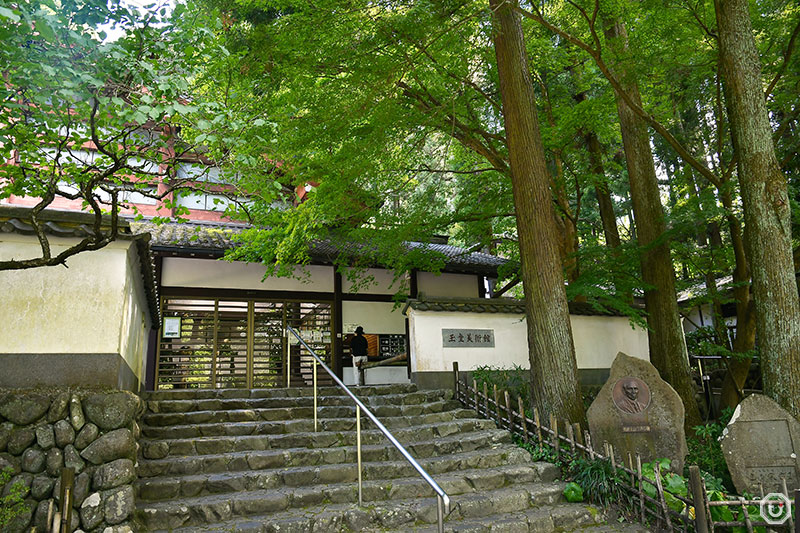
Exterior of the Gyokudo Art Museum
Rich nature and easy access
Mitake, where the museum is located, can be reached from central Tokyo in about 1.5 to 2 hours via the JR Chūō Line Rapid Service and Ōme Line.
This area, including the Mitake Gorge along the upper reaches of the Tama River and the popular hiking spot of Mt. Mitake, offers a surprising expanse of nature that feels far removed from the cityscape of Tokyo.
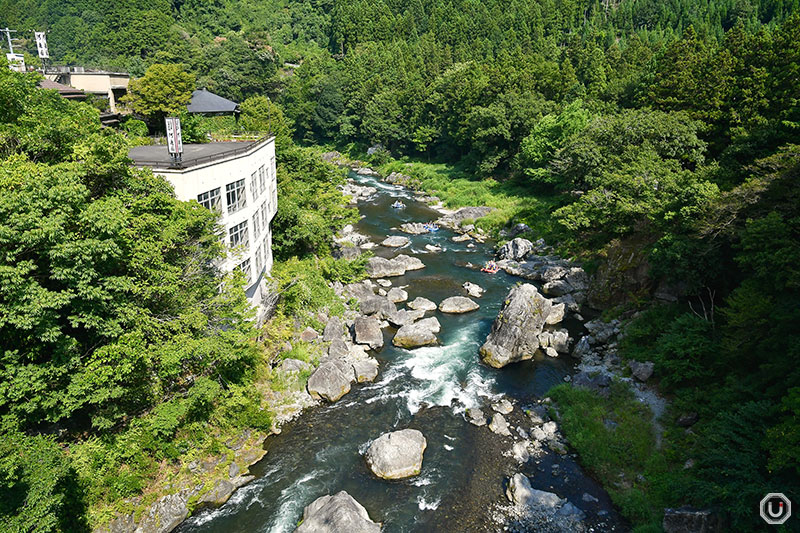
Mitake Gorge as seen from a bridge near Mitake Station, the closest station to the Gyokudo Museum
When we visited on a hot day in August 2025, we saw people enjoying rafting along the river, sending up splashes of water and bringing the lively summer atmosphere of Mitake to life.
The museum is about an 8-minute walk from the station via a paved path, or roughly 5 minutes if you take the shortcut along the gorge. Either way, it’s a pleasant approach that lets you enjoy the surrounding nature.

The 5-minute shortcut is lined with lush greenery, making for a pleasant walk
Kawai Gyokudō’s artistic world and the appeal of nihonga
Kawai Gyokudō was born into a merchant family dealing in paper and brushes, and began painting at the age of twelve.
He first studied the Shijō school, which emphasized realism and natural composition. At the age of twenty-three, he apprenticed with the Kanō school, known for its bold and decorative style. While learning traditional techniques of Japanese painting, he continued to search for his own unique form of expression.
From his youth, art was a constant presence in his life, and the medium he pursued throughout his career was nihonga.
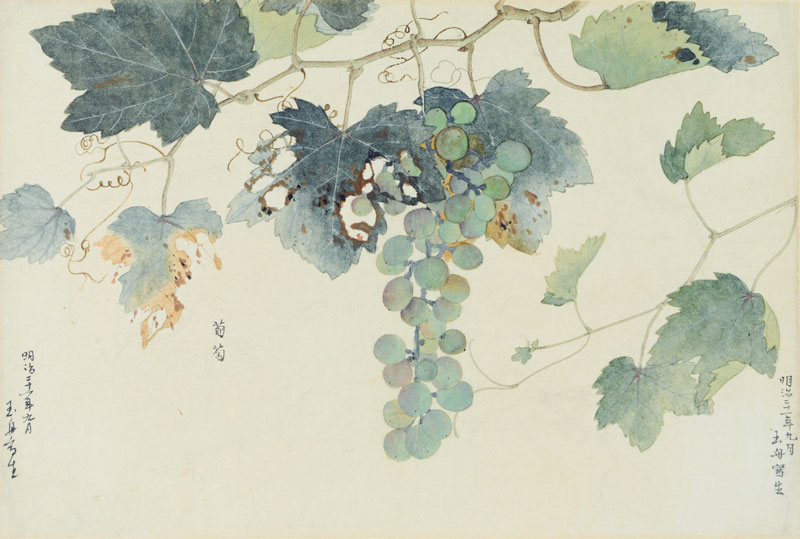
Kawai Gyokudō, “Sketch at Age 15″— Courtesy of Gyokudo Art Museum
Nihonga is characterized by its use of natural materials such as mineral pigments, animal-based glue, and sumi ink, painted on washi paper or silk.
Flat compositions and the thoughtful use of empty space create a sense of stillness within the artwork—one of the defining appeals of nihonga.
The mineral pigments, made from ground stone, produce delicate, muted tones that quietly capture subtle shifts in light, air, and the passage of time.
The museum houses around 300 works by Kawai Gyokudō, spanning from his youth to his final years, allowing visitors to trace both his evolution as an artist and the perspective he cherished throughout his life.
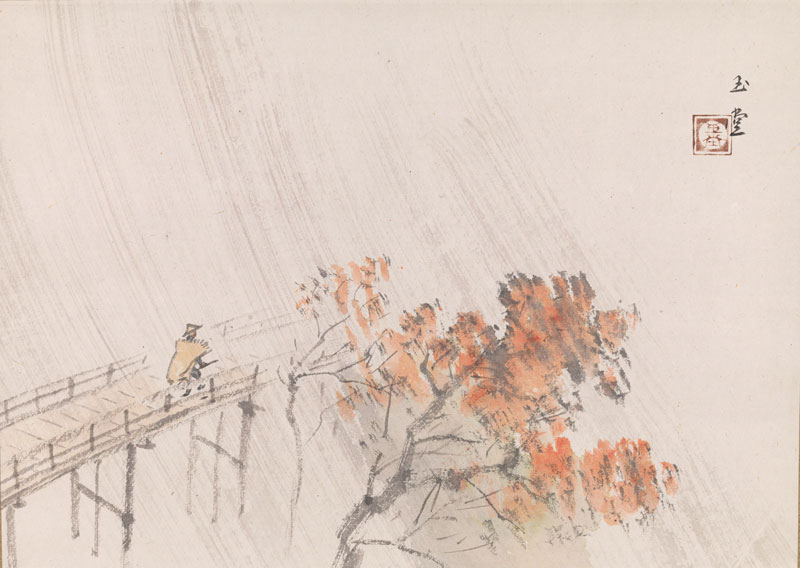
Kawai Gyokudo, “Shigure” (Passing Rain) — Courtesy of Gyokudō Art Museum
Kawai Gyokudō’s tools and his restored studio
In one corner of the exhibition hall, visitors can view the very tools and materials Kawai Gyokudō once used in his work.
Traces of how he carefully distinguished even the subtlest shades of color remain visible, offering a glimpse into his deep commitment to color and detail—an invaluable resource for understanding his art.
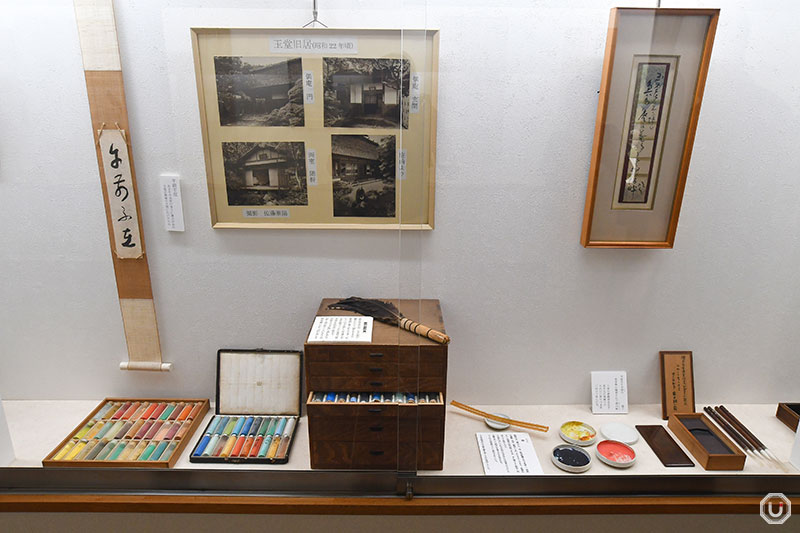
Art materials used by Kawai Gyokudō
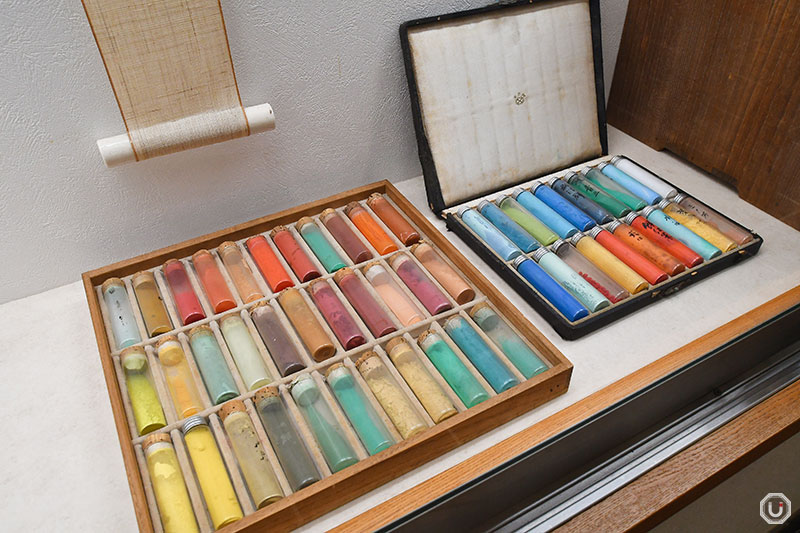
Mineral pigments used by Kawai Gyokudō
Just beyond the exhibition space lies a faithfully reconstructed version of the studio he used in his later years. Though visitors cannot actually enter the room, they can view it through glass from the outside.
His chair and tools are arranged exactly as he left them, creating a quiet, almost tangible presence—as if the artist might appear at any moment, brush in hand.
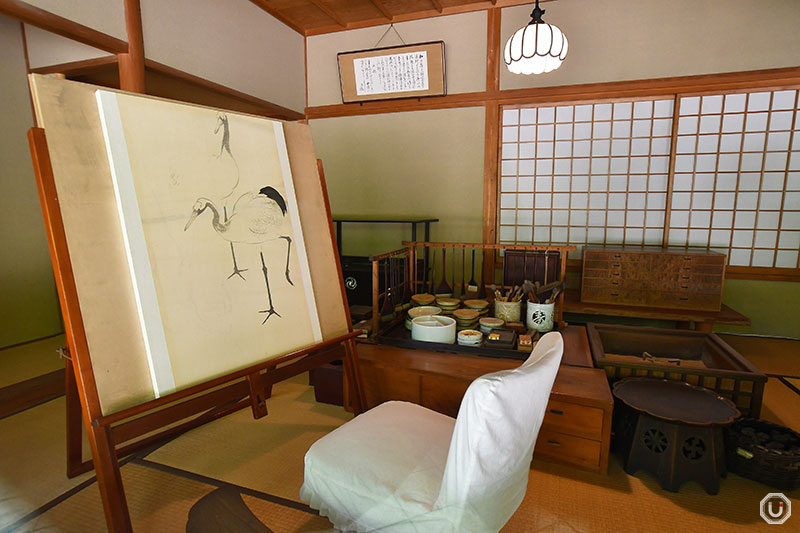
Recreated studio of Kawai Gyokudō
A zen garden in harmony with nature
Beyond the studio and exhibition halls lies a traditional Japanese dry landscape garden, or karesansui.
Created without the use of water, these gardens symbolically represent mountains and rivers using only rocks and sand. The result is a space of profound stillness, one that resonates beautifully with the spirit of Kawai Gyokudō’s paintings.
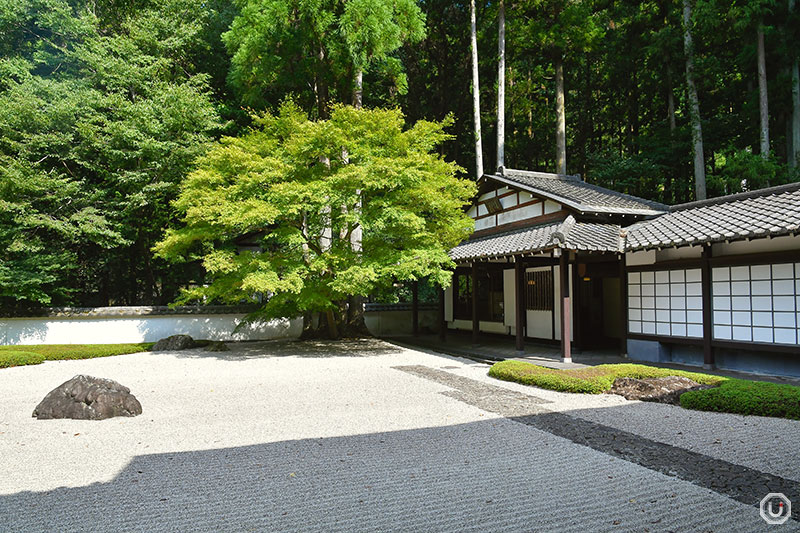
The Japanese garden at Gyokudō Art Museum, selected for the “The Garden Rankings of Japan”
From the garden, you can hear the gentle murmur of the Tama River, accompanied by the pleasant songs of birds.
Taking in the garden while listening to these natural sounds deepens the lingering sense of tranquility after viewing the artworks.
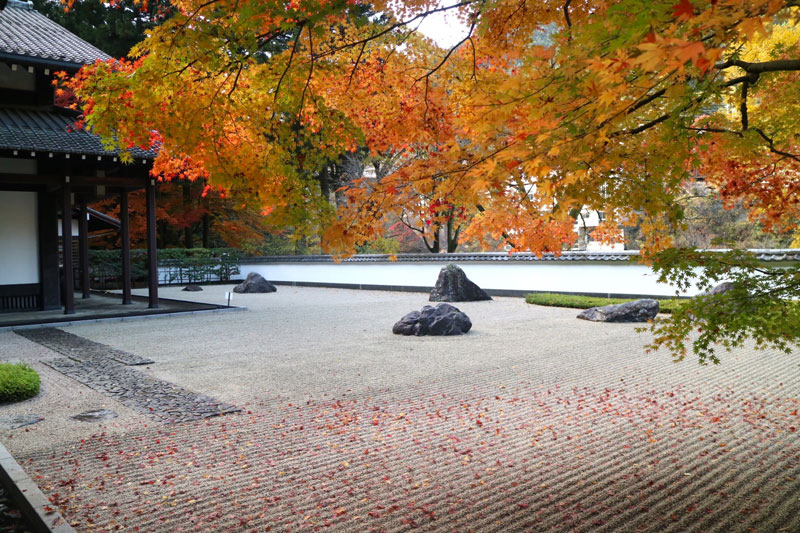
Autumn view of the Japanese garden at Gyokudō Art Museum (Courtesy of Gyokudō Art Museum)
Special Fall Exhibition: “A Stroll Through Kawai Gyokudō’s Paintings”
The Gyokudo Art Museum also hosts special themed exhibitions for limited periods.
Until November 30, 2025, the museum is presenting “A Stroll Through Kawai Gyokudō’s Paintings.” The artist’s works have a warmth that seems to draw viewers right into the scenes he painted.
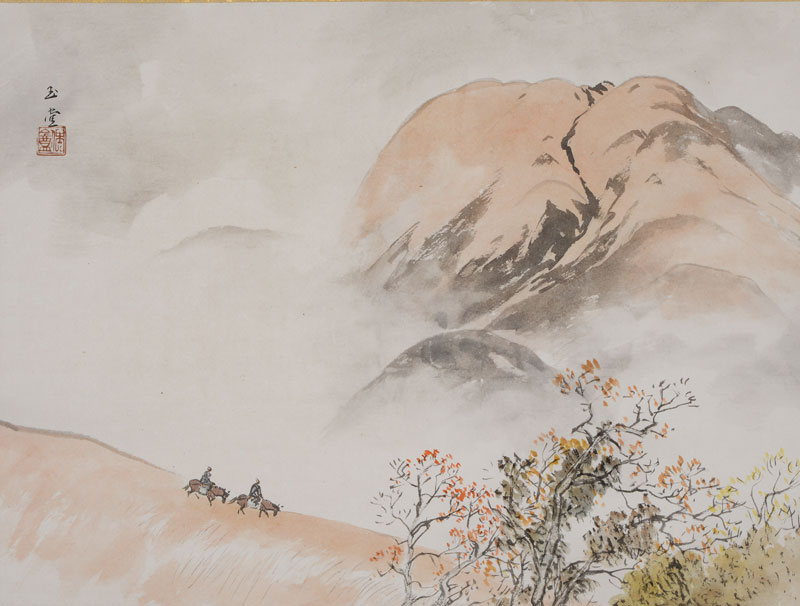
Kawai Gyokudō, “Autumn Mountain Rain Shower” (Courtesy of Gyokudō Art Museum)
Looking at the smoke rising from a farmhouse in the mountains, you can almost feel the warmth of a hot meal or bath waiting inside. From the figures carrying firewood down the path, you sense the resilience of everyday life in the countryside.
This exhibition is designed to let visitors experience that very feeling—stepping into the world within the paintings themselves.
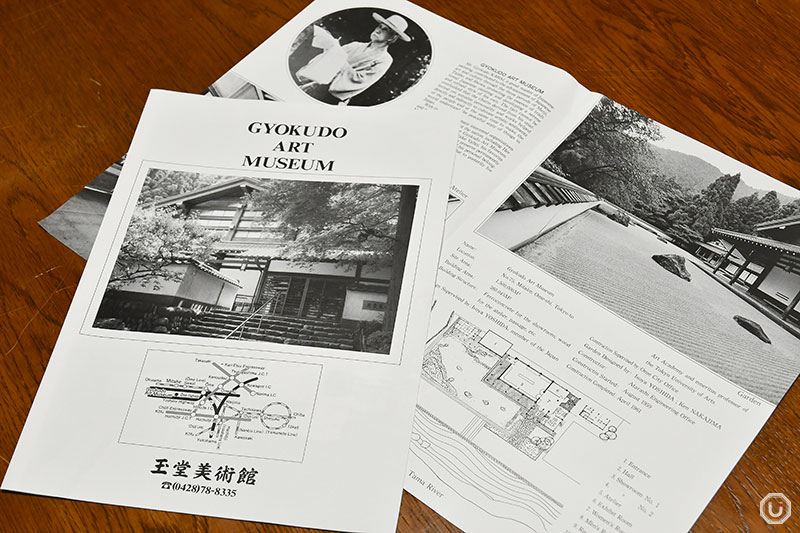
English-language pamphlet available
Experience the harmony of art and nature in Mitake
Kawai Gyokudō’s works reflect not only the act of seeing landscapes, but also the experience of living within them.
This perspective resonates deeply with the spirit of Mitake itself.
The Gyokudō Art Museum is a place where visitors can step into the world Gyokudō painted—where the lives of people intertwined with nature come vividly to life.
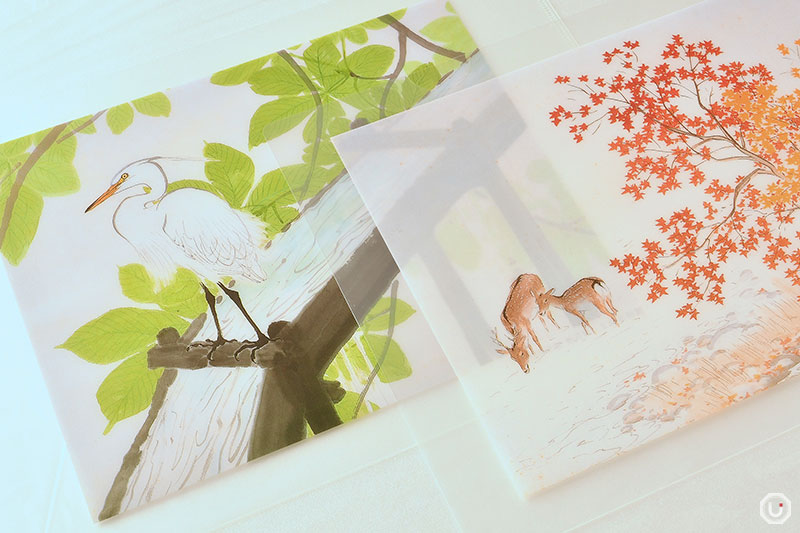
Souvenirs available at the museum shop
Information
| Facility name | 玉堂美術館 Gyokudo Art Museum |
|---|---|
| Address | 1-75 Mitake, Ōme City, Tokyo
|
| Access |
Mitake Station 8-minute walk from Mitake Station
|
| Phone number | 0428-78-8335 |
| Hours | Mar-Nov. 10:00-17:00(last admission is 30 minutes before closing) Dec-Feb. 10:00-16:30(last admission is 30 minutes before closing) |
| Closed | Monday (Except when a national holiday falls on Monday. In this case, the museum is open on the holiday and is closed the next day), New Year’s holidays |
| Admission | Adults 600 JPY Junior high school students (ages 13 to 15), high school students (ages 16 to 18), university students 500 JPY Elementary school students 300 JPY |
| Official website | http://www.gyokudo.jp/ |
| Pamphlets | Available with Japanese and English language |
| Exhibit audio guides | None |
※All museum information in this article is accurate as of September 2025.
